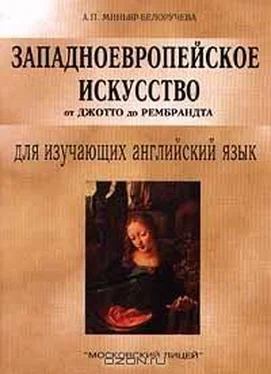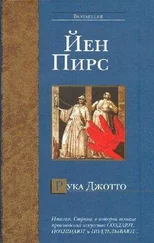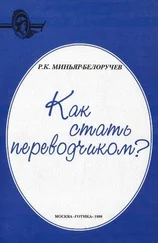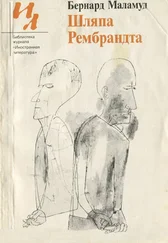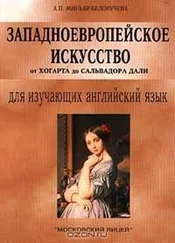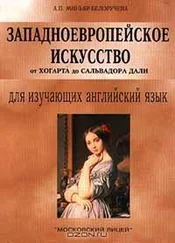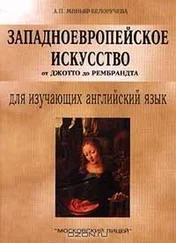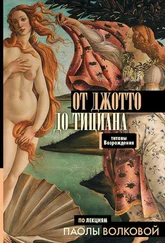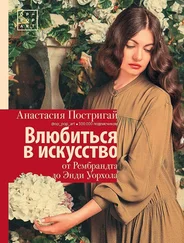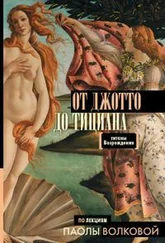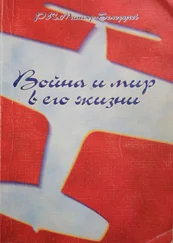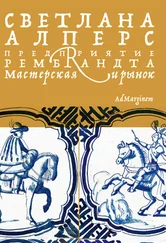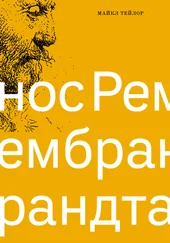An attempt by King Louis XIII to have Poussin work on ceiling painting for the Long Gallery of the Louvre ran afoul of the artist's refusal to consider ceiling paintings different from those on walls, and to turn over the execution of vast projects to assistants. The latter objection ruled out the customary colossal Baroque monumental commissions.
Poussin's paintings reflect his interest in antiquity and in Stoic philosophy. In his early work the Inspiration of the Poet , painted about 1628-29, Classical figures are arranged before a landscape in low afternoon light. Poussin attempted to recapture the magic of Titian through warm colouring unified by soft glazes and through subtle and surprising passages of lights and darks, especially the way light touches the edge of Apollo's lyre and part of his cheek, leaving the rest in shadow. This is an allegorical scene in keeping with seventeenth century ideas, the poet (it is easy to view him as a painter) owes his gifts to divine inspiration. About 1630 an illness gave Poussin a break during which he could formulate the theoretical basis of his art. Poussin abandoned his earlier lyrical style in favour of the grand manner, which required first of all a subject – drawn from religion, history or mythology -that avoided anything 'base' or 'low'. Poussin maintained that the subject must be so clarified in the painter's mind, that he will not block the essence of narrative with insignificant details. Then the painter must consider the conception, that is, the recounting of the story in an impressive way. Then the artist must devise the composition which must not be so carefully constructed that it looks laboured, but should flow naturally. Last comes the style or manner of painting or drawing.
At another point Poussin explained his theory of the modes of painting by analogy with the modes or scales in Greek music, and mentioned five, the Dorian, the Phrygian, the Lydian, the Hypolydian and the Ionic. He carried his ideas of the modes systematically into execution. His Rape of the Sabines , of about 1636-37, exemplifies the Phrygian mode adapted to 'frightful wars'. The picture fulfils all Poussin's requirements for the grand manner. The subject is lofty; the conception is powerful; the composition effortless and natural for all its references to ancient and Renaissance statuary figures and groups; and the style beyond all praise. The composition is staged in a limited space, flanked on one side by the temple portico in which Romulus stands and limited at the rear by a basilica.
A later work, the Holy Family on the Steps , of 1648, is probably in the Hypolydian mode, which 'contains within itself a certain sweetness which fills the soul of the beholders with joy. It lends itself to divine matters, glory and Paradise'. The pyramidal composition suggests the Madonna groups of Leonardo and Raphael which Poussin knew and studied. Like Tintoretto, he arranged little draped wax figures on a stage with the lightning carefully controlled and with a backdrop of landscape and architecture. He would experiment with figural relationships till he found the right grouping, then build a larger arrangement of modelled and draped figures and paint from it, referring to reality only when necessary. The grave, ideal quality of Poussin's art triumphs in Classical compositions arranged before simple, cubic architecture that bypasses the Baroque, the Renaissance, and the Middle Ages, going straight back to Roman models. While the faces of his figures often appear standardized and almost expressionless, the grandeur of Poussin's art appears in the balance of forms, colour, and lights. Such compositions inspired Ingres in the early 19-th century, formed the basis for the still life and figure paintings of Cezanne in the late 19-th and early 20-th centuries.
Make sure you know how to pronounce the following words:
Poussin; Normandy; lyre; Paris; Louvre; Greek; Dorian; Phrygian; Lydian; Hypolydian; Ionic; Sabines; Cezanne
Notes
Inspiration of the Poet - «Вдохновение поэта»
Rape of the Sabines – «Похищение Сабинянок»
Holy Family on the Steps – «Святое семейство на ступенях храма»
Tasks
I. Read the text. Make sure you understand it. Mark the following statements true or false.
1. Nicolas Poussin embodies the Renaissance spirit.
2. Poussin made a lot of altarpieces.
3. Poussin was fond of ceiling painting.
4. Poussin invented five modes or scales in music.
5. Poussin formulated the theoretical basis of his art in 1648.
6. Poussin worked in the grand manner early in life.
II. How well have you read? Can you answer the following questions?
1. What do Poussin's paintings reflect?
2. What did Poussin attempt to recapture in the Inspiration of the Poett?
3. What were the main theoretical principles of Poussin's art? How did Poussin connect painting and music?
4. With what Poussin's painting is the Phrygian mode associated? Why? What is the subject of this painting?
5. Why is the Holy Family on the Steps associated with the Hypolydian mode? Whose influence can be traced in this painting?
6. How did Poussin paint his monumental compositions? Where does Poussin's art triumph? Where does its grandeur appear? Who was inspired by Poussin's compositions?
III. I. Give Russian equivalents of the following phrases:
the embodiment of the Classical spirit; pictorial skill; the royal collection of paintings; the theory of modes; to study engravings; to work on ceiling painting; by analogy with; the execution of vast projects; colossal Baroque monumental commissions; the interest in antiquity; to arrange figures before a landscape; passages of lights and darks; statuary figures; an allegorical scene; to be in keeping with; to owe one's gifts to; divine inspiration; to formulate a theoretical basis of; to abandon the lyrical style; wax figures; the essence of narrative; insignificant details; to bypass the Baroque; to devise a composition; the manner of painting.
II. Give English equivalents of the following phrases:
интерес к античности; по аналогии с; божественное вдохновение; лира Аполлона; создать алтарный образ; обращаться к действительности; избегать низкого в искусстве; отказаться от лирического стиля; в соответствии с идеалами; восковые фигуры; вдохновлять художников; воплощение духа классицизма; претворить в жизнь грандиозные планы; расписывать потолок; сформулировать основы теории классицизма; теория музыкальных ладов; незначительные детали; торжество композиции классицизма.
III. Make up sentences of your own with the given phrases.
IV. Arrange the following in the pairs of synonyms:
a) expound; soft; monarch; rule out; subtle; analogy;
b) sovereign; exclude; smooth; interpret; faint; comparison.
IV. Here are descriptions of some of Poussin's works of art. Match them up to the given titles and describe them.
1. It contains within itself a certain sweetness which fills the soul of the beholders with joy.
2. The light touches Apollo's lyre and part of his cheek
3 The subject is lofty, the conception is powerful, the composition effortless and natural.
a. Rape of the Sabines
b. Holy Family on the Steps
c. Inspiration of the Poet
Читать дальше
